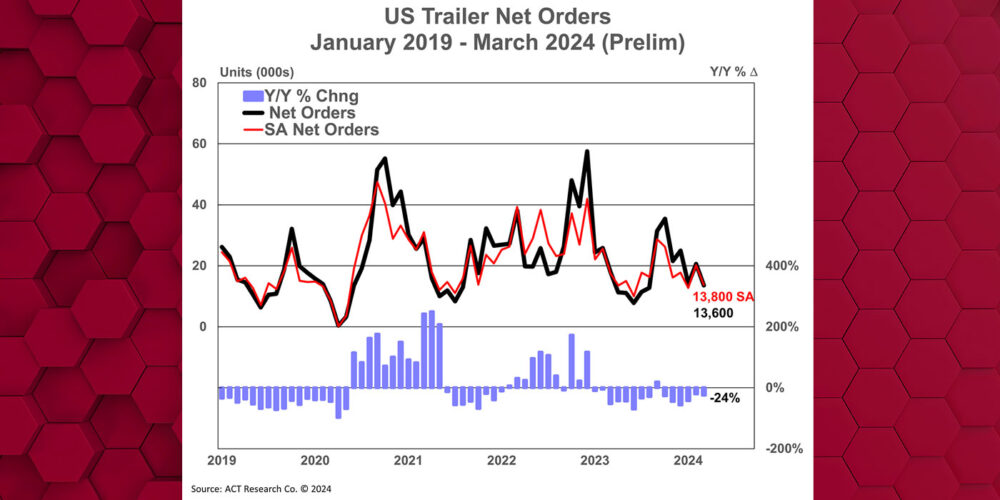Recently, the Federal Motor Carrier Safety Administration (FMCSA) published its final rule updating hours of service (HOS) rules.
FMCSA’s final rule on hours of service offers four revisions to the existing HOS rules, which are as follows:
- Flexibility has been added for the 30-minute break rule by requiring a break after 8 hours of consecutive driving and allowing the break to be satisfied by a driver using on-duty, not driving status, rather than off-duty status.
- The sleeper-berth exception has been modified to allow drivers to split their required 10 hours off duty into two periods: an 8/2 split, or a 7/3 split—with neither period counting against the driver’s 14‑hour driving window.
- The maximum window for the adverse driving conditions exception has been extended by two hours.
- The short-haul exception available to certain commercial drivers has been changed, lengthening the drivers’ maximum on‑duty period from 12 to 14 hours and extending the distance limit within which the driver may operate from 100 air miles to 150 air miles.
The agency noted that these updates do not increase driving time or consecutive hours that drivers are allowed to drive, citing safety concerns. The new rules go into effect 120 days after publication in the Federal Register, which is slated to be Sept. 28.
So what does this mean for you? Well, if you’re a regional haul fleet, it’s all good news, as you’ll be able to expand your routes and should have the ability to make more money with your trucks on a given day.
With that in mind, you’ll need to monitor how these changes affect your equipment’s lifecycle—expanded routes being run means that the truck gets older sooner, and will likely need more maintenance.
“We’re going to see more utilization of the assets, which will impact the lifecycle,” says Jim Griffin, chief financial officer and chief technology officer at Fleet Advantage, a trucking business analytics provider. “It will be interesting to see how much it impacts the lifecycle, but it will definitely increase the utilization. And the utilization is going to require a little more maintenance as well. My guess is that from a cost perspective, that’s going to be balanced by the ability to make more with the truck—they’re going to have the ability to deliver more and they’re going to have more delivery options.”
This, Griffin says, makes it even more imperative than ever to take a look at your trucks’ lifecycles and determine when the right time is to replace older trucks with newer models.
“If you’re already operating aged equipment, and now you start to increase the utilization of that aged equipment, you could potentially start to see exponential increases in your maintenance and repair costs.”

Related: You can hear more from Jim Griffin on equipment lifecycles, including how they may be affected by the COVID-19 pandemic, in his interview on the Fleet Future podcast. Go here to listen.














